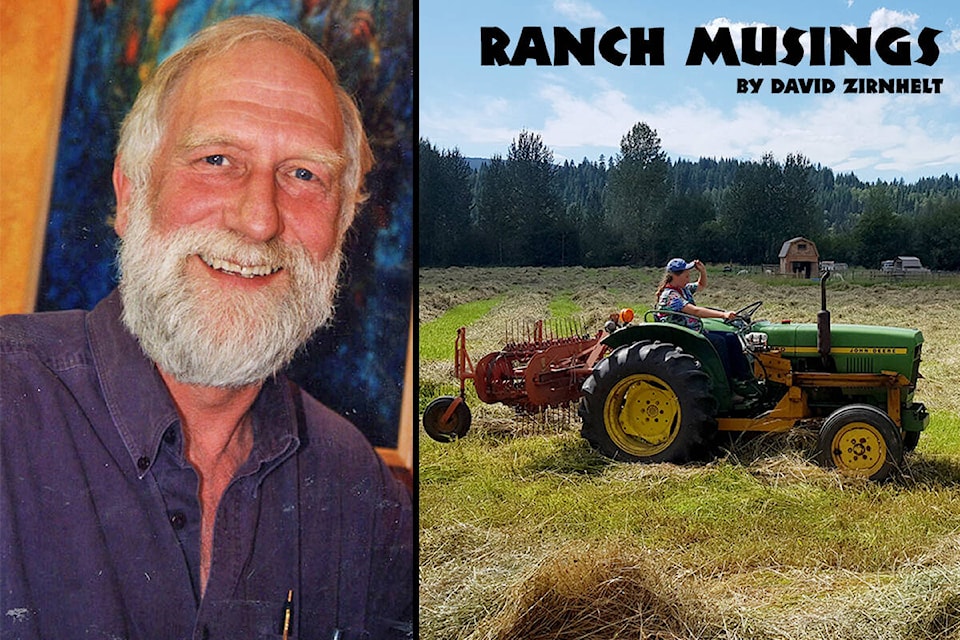As a world population we are not doing well at curbing the production of Greenhouse Gases (GHGs).
So says the April 4 report from the International Panel on Climate Change.
These scientists quote endless studies from around the world. The report is some 3,500 pages long and the chapter on agriculture itself is a long and difficult read if one tries to understand even most of it. By reading the summaries, I have extracted some of their findings.
The authors state that the projected economic mitigation potential would cost less than current subsidies to agriculture and forestry and other land uses (AFOLU) which in the US alone is some $400 billion a year.
An all-out effort, they predict, could keep the warming of the climate to the targeted amount of a 1.5 degrees C increase.
Producers and policy makers will have to get with the program for this to happen!
I am quoting here:
“The largest share of this economic potential comes from the conservation, improved management, and restoration of forests and other ecosystems (coastal wetlands, peatlands, savannahs and grasslands), with reduced deforestation in tropical regions having the highest total mitigation. Improved and sustainable crop and livestock management, and carbon sequestration in agriculture, the latter includes soil carbon management in croplands and grasslands, agroforestry and biochar .. the sustainable intensification of agriculture can reduce ecosystem conversion and methane and nitrous oxide emissions, and free up land for reforestation and restoration, and the producing of renewable energy.”
Shifting to healthy diets will also help this effort because it will change demand for food products.
As my able fellow columnist, Jim Hilton, has covered in many of his columns, changes in our forest and wood production can also make a tremendous mitigation of the Greenhouse Gases and the storage of Carbon.
Improved and expanded use of wood products coming from sustainably managed forests allocated to longer lived products and more recycling will be required.
All this said, these changes in practices will not be enough to offset the delayed reduction of emissions from sectors other than agriculture and forestry; for example, transportation.
The authors go on to say that persistent and region-specific barriers exist which hamper the deployment of the potential mitigation measures. Many countries will need assistance to overcome these barriers.
On that note, I will remind readers that as consumers they can buy products produced from sustainable systems and practices. Producers can modify their practices to reduce GHG emissions.
As we make our operation and business plans for the year ahead, we can all seek to implement best practices that our own industry associations have investigated and researched. The agriculture press and websites are loaded with what our peers are doing to mitigate climate changes.
The IPCC report is a tough read, but worth at least a cursory look. I will go back to it in what little spare time of have. Happy Spring is coming, folks.
news@wltribune.com
Like us on Facebook and follow us on Twitter
